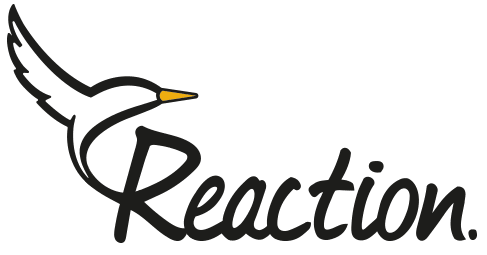In this article, we will be looking more at how these programs affect the morale of an employee and the factors aiming at their success. Let’s move right into this vast topic of discussion.
What Is Employee Morale
Employee morale is the reparation, eagerness, and loyalty employees feel toward their organization. When trying to actualize the engagement, productivity, and overall success of the organization, it plays a big role in it.
An employee who is ready and willing to go the extra mile, committed to growth both in their work and their personal life, and highly motivated is believed to have high morale.
The opposite of the above characteristics is believed to be a low level of morale which leads to disengagement, and unwillingness to participate in company activities which gives off a bad end for the organization.
The Connection between Wellness and Morale
Corporate wellness programs go beyond the activities, it touches on other aspects of mental fitness, physical agility, financial stability, and a work-life balance. These programs include activities like seminars, fitness challenges, overload management workshops, and less burdensome work arrangements.
Observations have been able to detect a strong connection between employee well-being and morale. It’s more of a mutual feeling. An organization that places the health of its employees above every other thing and also values their happiness and time is more likely to be appreciated and reciprocated by the employee. Additionally, it is proved that low morale has additional cost effects on the business.
Thereby, there is a feeling of oneness and togetherness which is crucial in an organization that builds on teamwork and growth.
- Low level of stress and improved Mental Health: These wellness programs especially when prioritized help reduce workspace stress and boost morale. Programs such as good workshops, counseling services, and yoga sessions help employees deal with the workload of the organization and improve their mental well-being.
- Increased Energy and Physical Health: Workers are energized to adopt safe ways of living through means such as fitness challenges, on-site gyms, and healthy food-eating options. All of these contribute to an increased energy level and reduced inactivity due to low fatigue. Employees who are fit physically engage more with activities happening around the organization and also contribute more.
- Financial Well-being: This holds quite a significant amount of worry, however with the advent of corporate wellness programs that provide financial education seminars, retirement plan resources, and budget tools, employees are empowered to take control of their financial world and not be let down by the stress which in turn improves their well-being.
- Enhanced Work-Life Balance: Allowing for flexible working hours will enable employees to manage their time more efficiently. This avenue creates room for an improved work-life balance, reducing burnout and boosting morale.
- Reduced Inactiveness and Turnover: By eradicating the roots of stress and burnout, employees’ inactiveness can be slowly removed. It ensures growth in the organization by saving money and enforcing workers.
- Sense of Community and Belonging: Wellness programs foster team-based work which in a sense encourages teamwork and camaraderie among employees. This part of the work is mostly essential for remote workers.
- Increased Job Satisfaction: Workers feel cherished and esteemed which leads to an increase in their satisfaction. This in turn leads to high morale and willingness to contribute to the company’s growth and success.
There are various metrics used by employers to track the effectiveness of a corporate wellness program, some of which will be discussed below:
- Productivity and Performance Record: By checking the rate at which your employees participate in the activities laid down and their performance in each of them, you will be able to measure the program’s influence on the work output and overall result.
- Employee Surveys: Regular timed surveys can be used to check the excesses or strength of the program, the satisfaction of the employees, and overall outturn.
- Participation Rates: A growing participation number shows that the activities performed are not just fun and engaging but also valued by the employees.
- Health Outcomes: Tracking your employee’s health improvement as a result of the programs helps provide insights into the impact of the activities on their health. Examples of these health metrics are blood pressure, cholesterol levels, and weight.
Corporate wellness programs are equipped with the ability to regulate employees’ morale by taking into account the cause of stress, inactivity, or burnout. When regulated appropriately, it develops into a happier, healthier, and more efficient workforce.
This is a win-win situation for both parties as the employees get to work in a stress-free environment and the organization gets increased productivity, reduced health costs, and a total employer branding.
One significant thing to note about its success is to condition the program to fit specific needs and interests. Also, regular surveys and tracking are very important to checkmate the effectiveness and relevance.






